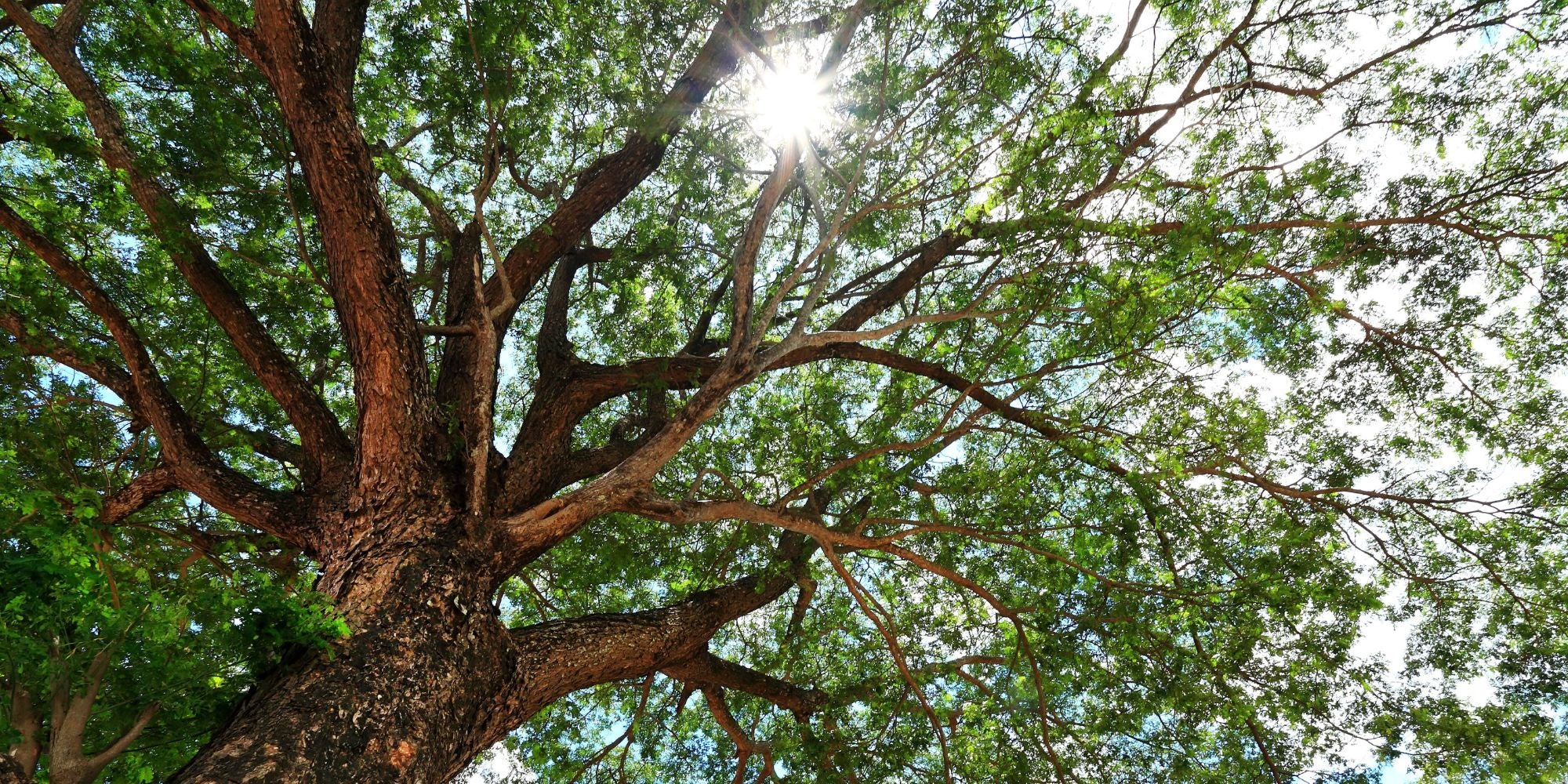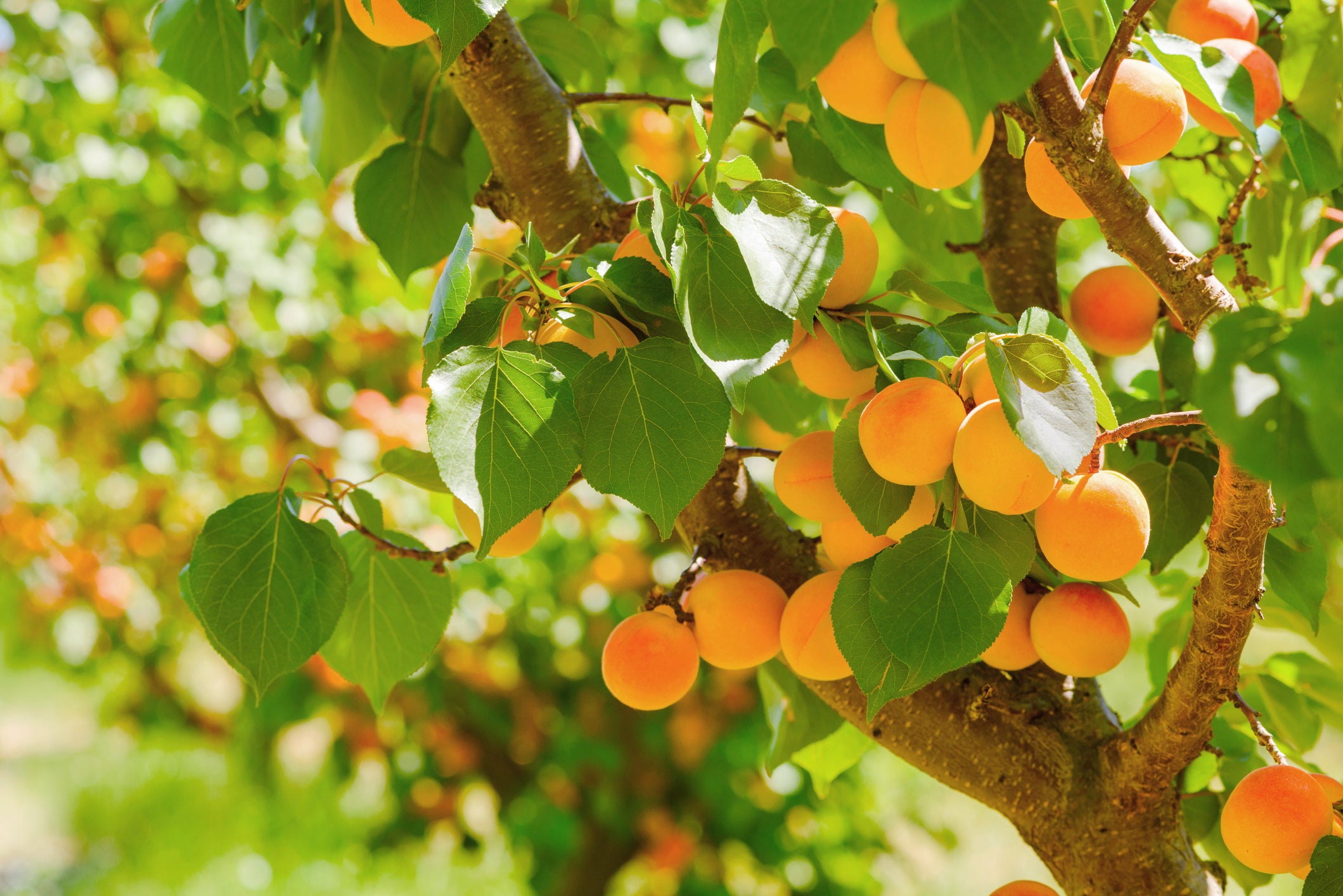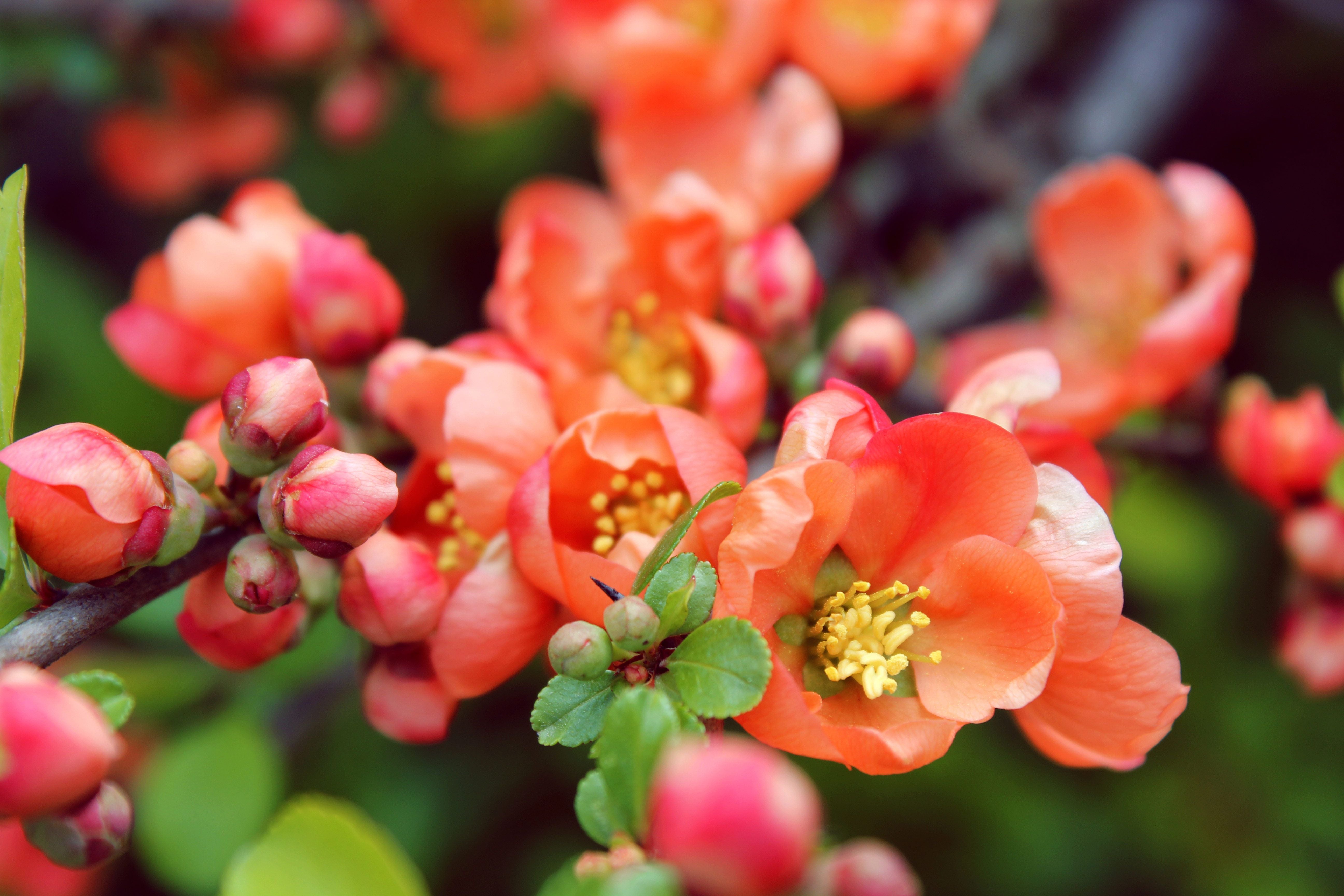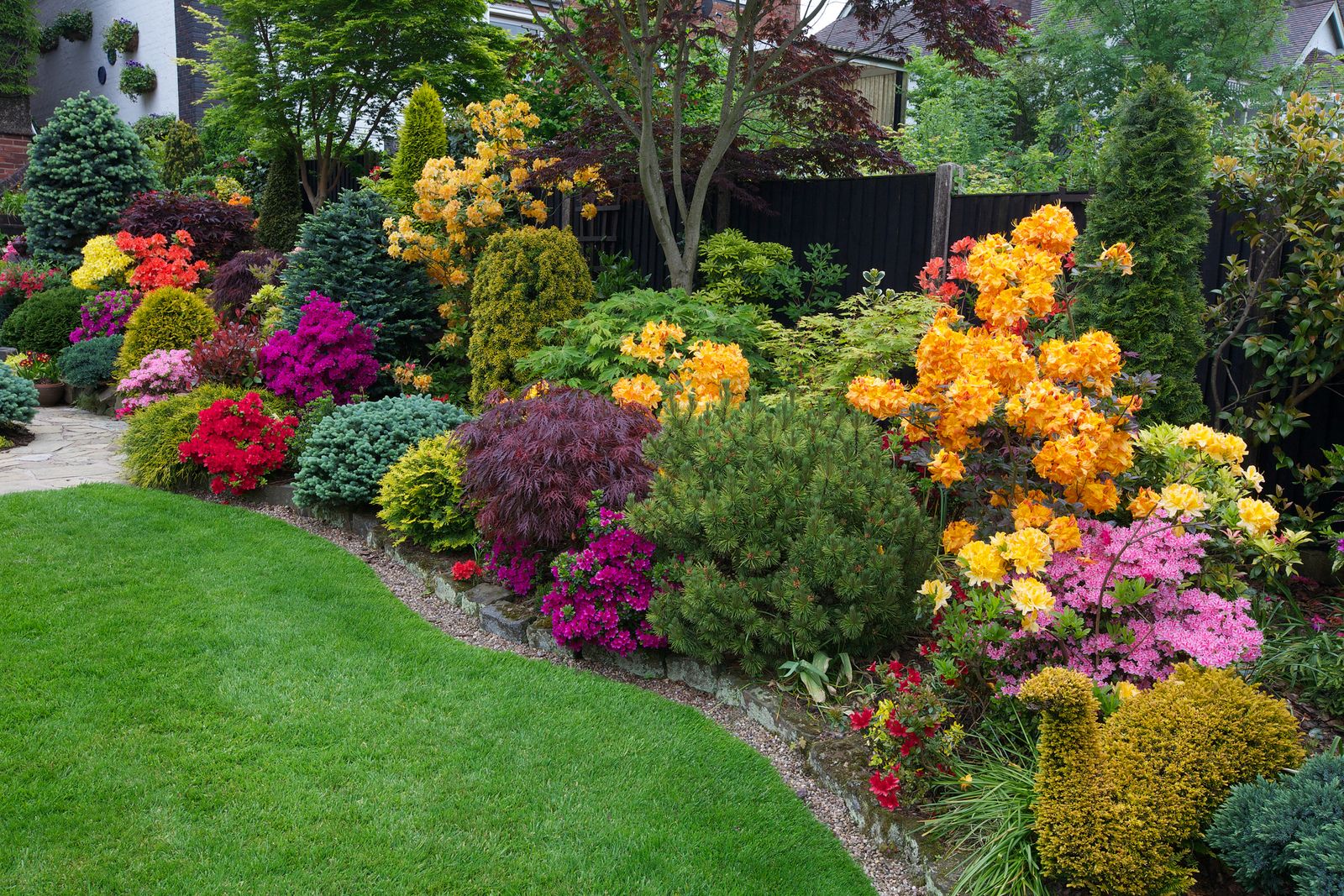When Is The Best Time Of Year To Plant A Fig Tree?
Planting a tree and watching it grow is a satisfying undertaking. Among the many queries green enthusiasts have, an important one is the timing. For our amateur gardener readers, the question today is simple yet vital - when is the best time to plant a fig tree?

At Tristar Plants, we transform beginners into successful gardeners. We believe in guidance and support. Here, you're not just planting fig trees but fostering an enduring love for these splendid woody plants.
The Importance of Climate in Fig Tree Planting
Climate plays one of the most pivotal roles in deciding the best time to plant a fig tree. Some fig varieties are mighty soldiers that can withstand colder climates while others are sun seekers who bloom to their fullest in warmer regions. Regardless of the variety, tuning in to your climate helps.
In colder regions where frost is a regular partner of winter, it’s wise to plant in early spring. This gives trees ample time to strengthen their roots before the first frost. On the other hand, warmer climates offer fig trees long, hot summers, so it’s prudent to plant in late fall. Doing so allows fig trees to grow during the milder winter months, avoiding stress from the scorching summer sun.
Spring Planting Advantages for Fig Trees
Spring is a season of renewal and awakening. Many garden plants kick off their growing cycle, including fig trees. Planting fig trees in early spring ensures they grow during a season that offers a favorable balance of rainfall and sunshine. This springtime planting benefits growers in colder regions where winters can be harsh on young fig trees.
Moreover, spring planting provides an opportunity for fig trees to establish solid roots before the dry, hot summer months arrive. Well-established roots can access water deep in the soil, better-equipping trees to withstand drought conditions associated with summer.
Fall Planting Advantages for Healthy Fig Growth
While growers in colder regions are cautioned against late-season planting, it is a different story for those in mild, year-round warm climates. For this group, fall planting offers the best chance for fig trees to establish healthy root systems without the threat of frost.
Fall plants have more time to establish themselves compared to their spring-planted counterparts. This extended period aids in the development of a stronger, more resilient plant. When summer arrives, these trees are not merely surviving but thriving in the heat. As a result, fall-planted fig trees could have a competitive advantage over fig trees planted in other seasons when it comes to fruit yield and overall growth.
Considering Soil Temperature for Fig Tree Planting
Soil temperature plays a pivotal role in determining the best planting time for fig trees. Both excessively cold and hot soil can stress fig trees, hindering their growth. The ideal soil temperature for fig trees is between 60 to 85 degrees Fahrenheit.
Planting in early spring or late fall provides optimal soil temperature conditions. It reduces the likelihood that fig trees will be subjected to extreme temperatures, which could damage the roots or slow growth. Monitoring soil temperature and responding accordingly can significantly increase the success rate of your fig tree planting endeavor.






